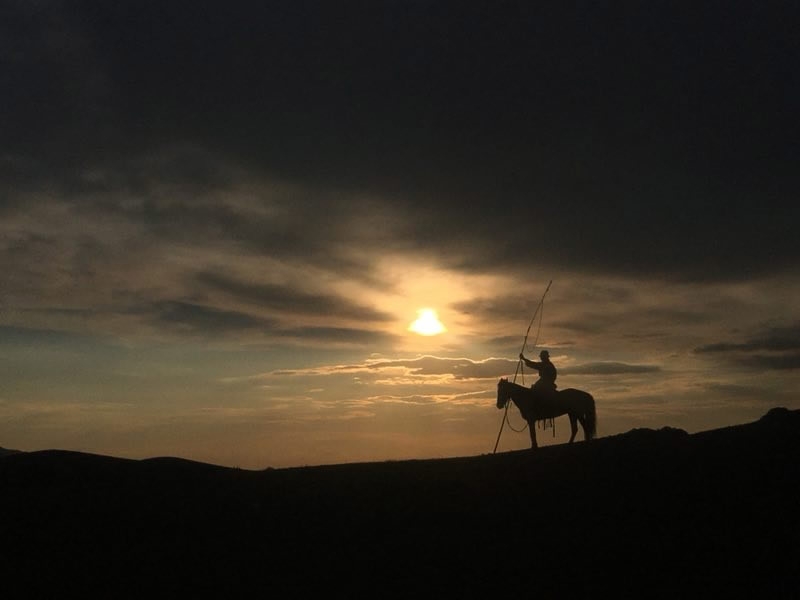
China
08:36, 14-Dec-2017
Keeping Mongolian horsemanship alive
CGTN

By Luo Shanshan
On the grasslands of the Inner Mongolia Autonomous Region, it’s said that a man without a horse is like a bird without wings.
This is a place where horse and rider can still be seen racing at full gallop across the landscape, much as they did back in the time of the conquering khans.
And everyone on the grasslands has a tale to tell about horses.

Mao Haoer, 84, has more experience with horses to call on than most.
“I love my horses and know how to ride. I began grazing livestock as soon as I could walk, just like the other kids. Back then it was something children did. But not now.”
In the 13th century, the world was made brutally aware of the awesome horsemanship of the Mongolian people, when their cavalry hordes, led by Genghis Khan and his descendants, swept across Central Asia and into Europe.
Every summer, people in Inner Mongolia honor their forefathers with the Nadam Festival. Trainers, riders and their magnificent mounts come together to compete in a series of races. For this special occasion, Mao Haoer takes great care in selecting his horse.

Mao, like every other horseman in Inner Mongolia, forges an emotional bond with his horse. /CGTN Photo
Mao, like every other horseman in Inner Mongolia, forges an emotional bond with his horse. /CGTN Photo
He eventually opts for a horse he says is one of the most spirited he’s ever encountered in his more than seven decades of riding and training.
With race day approaching, Mao gets up every morning before dawn to make a special breakfast for his horse, a mixture of corn and oats.
Everything the horse eats and does is controlled by Mao.
However, Mao is worried about the future.

“The kids today go to kindergarten in the city and only come home for the weekend,” he says.
And having got a taste of city life, young people are choosing to move away from their traditional home. The result, Mao explains, is that, “The traditional grassland way of life is disappearing.”
Rediscovering China is a 30-minute feature program offering in-depth reports on the major issues facing China today. It airs on Sunday at 10:30 a.m. BJT (02.30 GMT), with a rebroadcast at 11:30 p.m. (15.30 GMT), as well as on Monday at 8:30 a.m. (00.30 GMT) and Friday at 1:30 p.m. (05.30 GMT).

SITEMAP
Copyright © 2018 CGTN. Beijing ICP prepared NO.16065310-3
Copyright © 2018 CGTN. Beijing ICP prepared NO.16065310-3